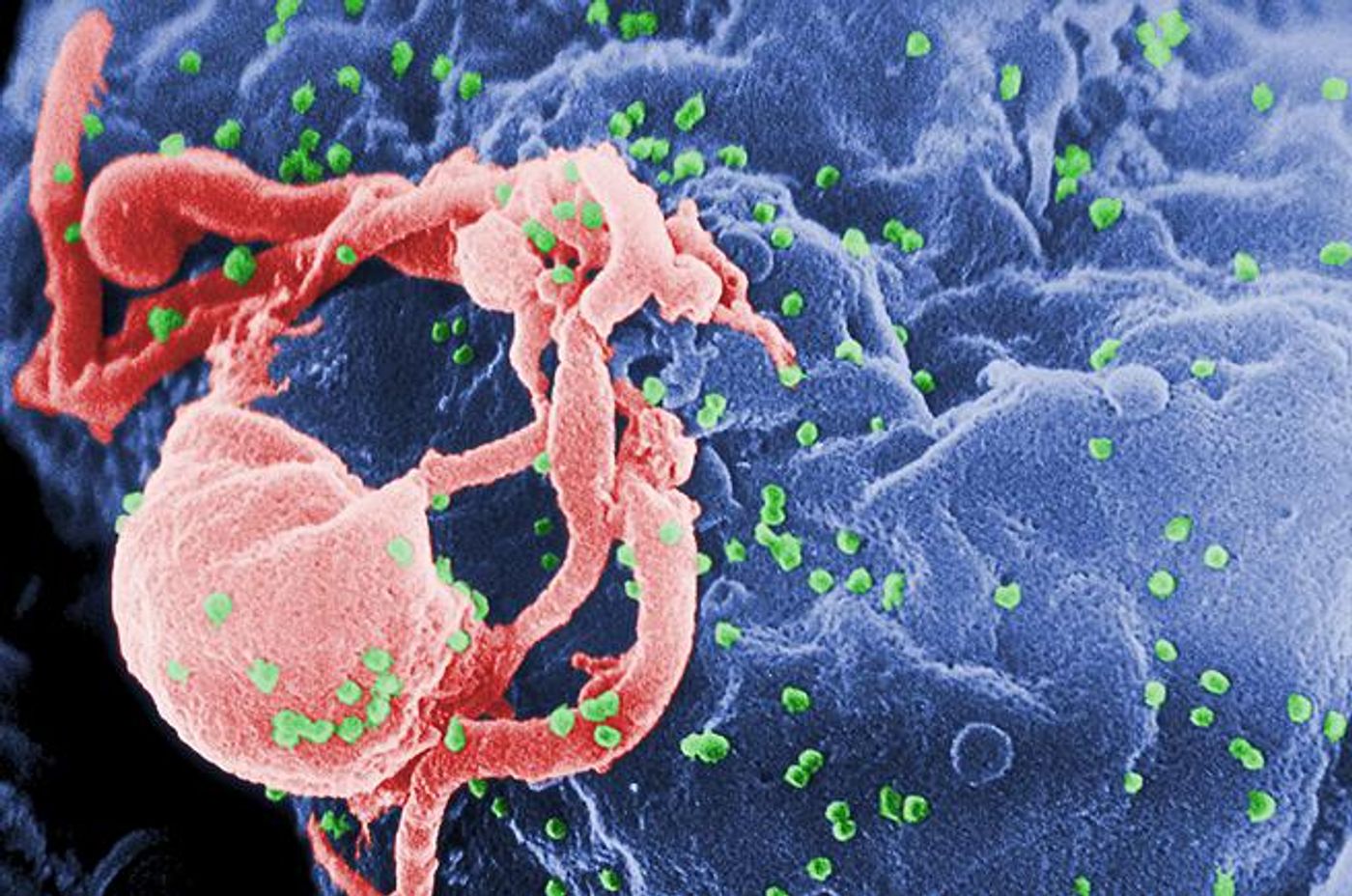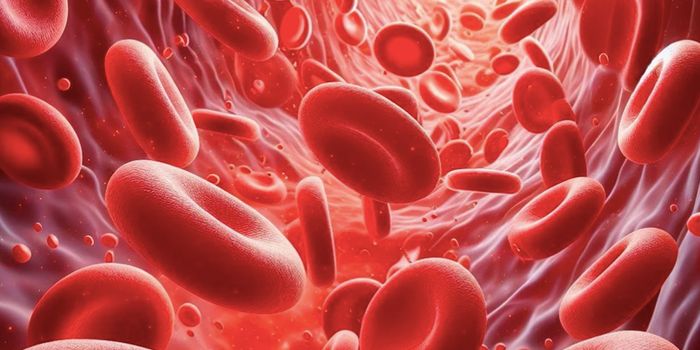Researchers at Ben-Gurion University of the Negev (BGU) in Beersheva, Israel, say that they have “made a significant breakthrough, discovering similarities between leukemia and HIV.” Such similarities might hold the key to developing a clinical solution to prevent and destroy the virus, according to a press release.

“Similar to what happens with the HIV virus when it enters a chronic state, reproduction mechanisms control the expression of the genes responsible for hematopoietic STEM cells – the first cells that develop,” says
Dr. Ran Taube of BGU’s Shraga Segal Department of Microbiology and Immunology.
As Dr. Taube explains, “This research is based on the assumption that damage to the mechanisms of expression and reproduction of the viral genome is responsible for the accumulation of the latent HIV virus and leads to the chronic disease condition.”
In collaboration with Dr. Uri Rubio of Soroka University Medical Center, Dr. Taube’s team is seeking innovative ways to “wake up” the virus from its silent active state, while at the same time applying anti-retrovirals to essentially eradicate the virus completely. As Dr. Taube says, “Until now, the medical community researchers had very limited information on the existence of a connection between AIDS, caused by the HIV virus, and a rare blood cancer, known as Mixed Lineage Leukemia (MLL). MLL, found mostly in children, hinders blood system cell development.
The research being conducted by Dr. Taube’s group detects the mechanisms of action that are similar to the development of the blood cancer MLL. The group’s study was funded in part by the American Leukemia Research Foundation. In addition to studying transcription regulation that drives MLL, Dr. Taube’s laboratory is involved in the study of the regulation of HIV transcription, host-viral interactions that promote HIV latency and the development of protein-based anti-cancer drugs using mammalian cell display.
While, in recent years, AIDS has been treated effectively with anti-retroviral medications, these drugs do not prevent infections. Thus, their efficacy is limited. Additionally, researchers have determined that a small number of inactive, latent viral particles found in the body are not affected by the anti-retroviral drugs. Such viruses, which are hidden in the body, can effectively avoid the immune response. At any moment they can multiply and infect new cells.
There is still no HIV vaccine, and no treatment has been found to prevent the spread of the HIV virus. The number of people who are infected with the HIV virus continues to grow every year.









